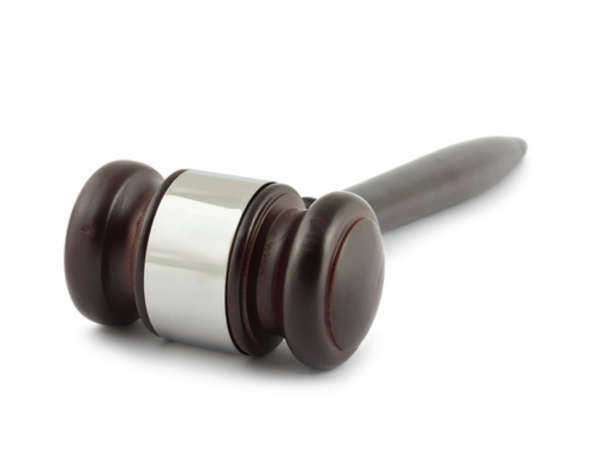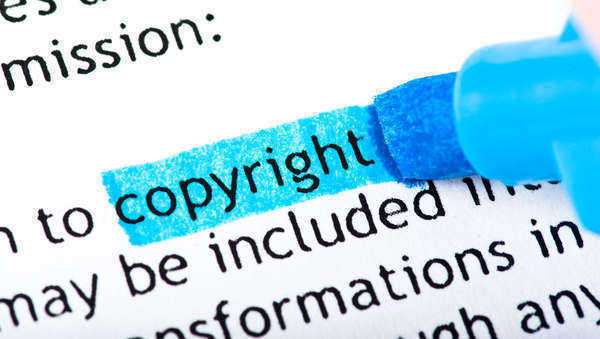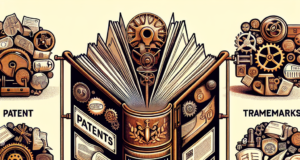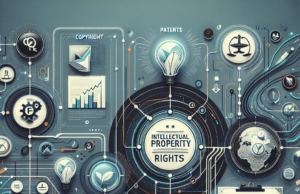What You Need to Know About WIPO Copyright Treaty International Implications

The WIPO Copyright Treaty was established on an international basis for nations which were signatory members to the Treaty’s governing body, the United Nations Agency known as the World Intellectual Property Organization (WIPO), as well as to the 1971 updated edition of the Berne Convention, one of the earliest treaties on copyrights, which dates back to 1886.
The provisions made by the WIPO Copyright Treaty for the observance of copyrights are considered to fall within the understanding of such rights established by Article 20 of the Berne Convention. As a part of the WIPO Treaty’s international nature, compliance to its various provisions are enforced not by the WIPO agency but by the individual countries involved, in which specific legislation must provide for the addressing of violations of WIPO stipulations on copyrights.
The act of becoming a signatory to the WIPO Treaty on copyrights does not by itself incur legal obligations, but rather the ratification of the Treaty within a country. Canada, for instance, signed on to the Treaty but did not ratify it immediately afterward, leading to debate within the country.
The Digital Millennium Copyright Act, passed by the United States Congress in 1998 and referred to as DMCA, provides for the enforcement of laws within the United States. In the European Union, “Directives” passed by the governing body are the main enforcement tool.
In order to supply some measure of overview in how the various signatory nations adhere to the WIPO Treaty on copyrights, the document provides for the creation and maintenance of an Assembly of the Contracting Parties which is tasked with monitoring the commitment of upkeep of the Treaty shown by various nations. The Secretariat of the World Intellectual Property Organization holds authority over the administration of the Treaty.
Some of the criticism directed against the methods in which the WIPO Copyright Treaty regulates copyrights focuses on its broad-based approach to the issues arising in or between specific countries, which critics charge is lacking in the necessary flexibility required for implementing copyright policy.
Criticisms of this vein have commonly arisen in the context of international regulation of intellectual property rights, which less developed nations have at times asserted, as they have in reference to the WIPO Copyright Treaty, are geared, consciously or unconsciously, in the direction of nations which already have substantial “holdings” in intellectual rights.
The question of whether the originality required of new literary works could be shown to exist in software, which commonly derives many of its features from predecessors, was newly raised by a 2007 legal ruling in France on a lawsuit that had been brought for an amount of 520 Euros against manufacturers of software deemed to be counterfeits of software already on the market.
The Cour de Cassation (similar in function to the Supreme Court in American legal practice) and Appeal Court of France found that the products of the lawsuit’s plaintiff were “banal” in the sense of being too lacking in originality to deserve legal protection as unique products.
















